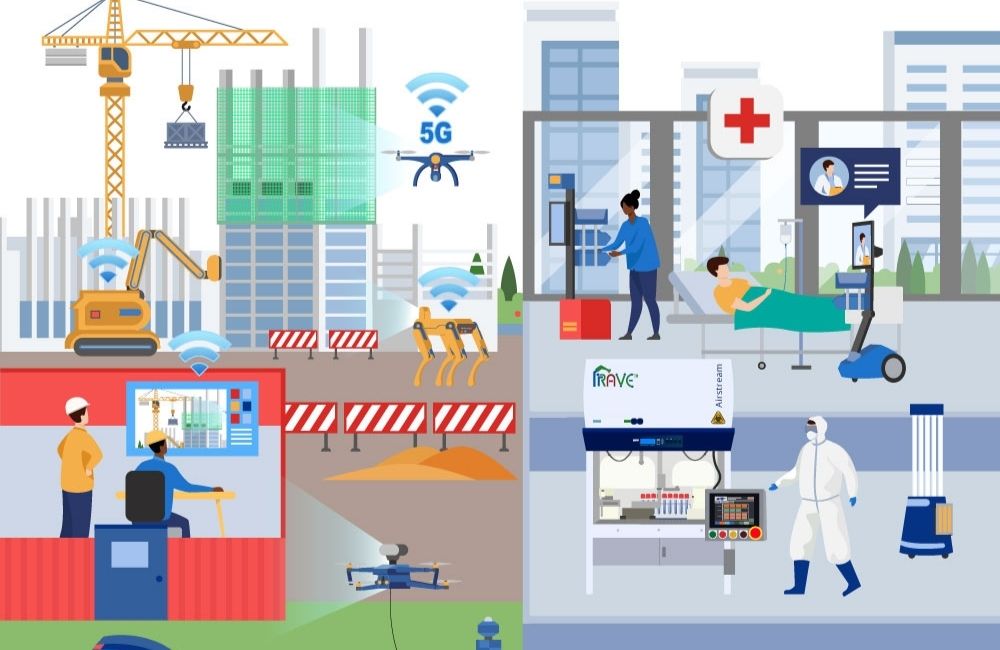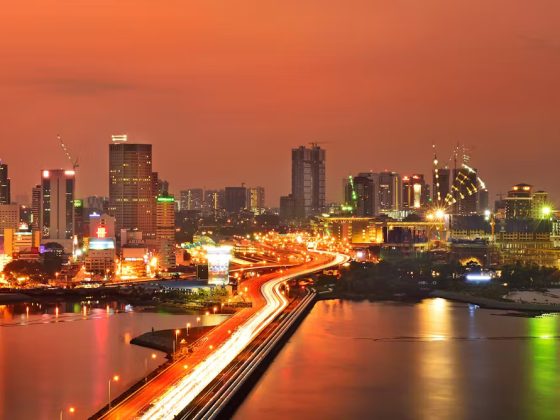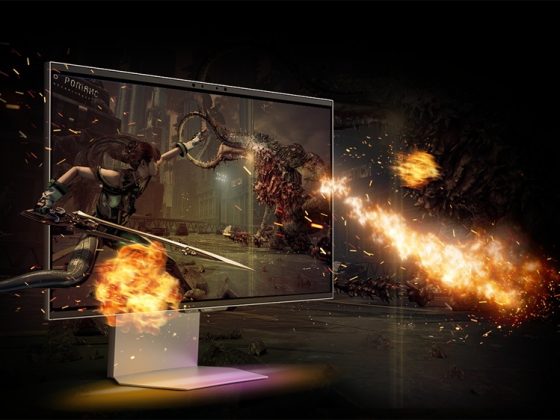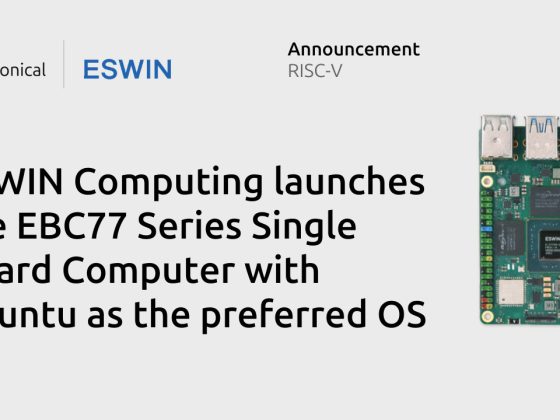From accelerating COVID-19 testing to disinfection and surveillance services, robots have demonstrated their crucial role in the pandemic—and how they can be helpful in the years ahead.

The COVID-19 crisis has pushed organisations to innovate more than ever, paving the way for robotics to play a vital role—a role that will likely grow and increase post-pandemic.
“The COVID-19 pandemic prompted a greater deployment of robots in Singapore’s sectors like medical diagnostics, precision engineering, fast-moving consumer goods (FMCG), and logistics,” said Dr David Low, Executive Director of A*STAR’s Robotics Horizontal Technology Programme Office, CEO of the Advanced Remanufacturing and Technology Centre (ARTC), A*STAR, and Executive Director of the Singapore Institute of Manufacturing Technology (SIMTech), A*STAR.
“The pandemic accelerated and expanded the role of robotics beyond being a productivity enabler to ensure safety and resiliency in a low-touch environment, resulting in the emergence of new robotic applications for disinfection, laboratory testing, and safe distancing,” noted Dr Low.
In response to the pandemic situation, A*STAR developed key robotic technologies that directly address current needs, including automation in diagnostics testing in labs, disinfecting robots capable of autonomous navigation, as well as many industrial robotic applications.
An example is an automated robotic system for sample handling and testing in labs called the Rapid Automated Volume Enhancer (RAVE). Its robotic arms can uncap tubes, pipette accurately, and process an industry-topping throughput of close to 4,000 samples a day when used in combination with RESOLUTE 2.0 test kits. RAVE helps minimise potential human errors and infection risks for laboratory workers. Since the first unit of RAVE was rolled out in mid-2020, more than 20 units of RAVE and similar systems have been deployed in numerous testing laboratories locally through A*STAR’s collaboration with Advanced MedTech Holdings (AMTH). AMTH also plans to make the system available regionally and globally. Furthermore, there are ongoing efforts to enhance the system’s throughput and functionalities, and plans to develop adjacent applications utilising core technologies built within the robotics systems.
In addition, A*STAR has also collaborated with two local companies to develop the autonomous UV-C disinfecting robots, a number of which have been deployed locally.
Dr Low explained: “Robots can take up activities that would unnecessarily expose human workers to potentially dangerous environments, as well as enhance the ability of businesses to be more resilient and deliver essential services to meet people’s needs during a pandemic.”
POST-COVID WORLD
So far, robots have played a major role in enhancing Singapore’s industries’ productivity, especially for manufacturing. As of 2019, Singapore has the highest robot density in the manufacturing industry at nearly 1 robot for every 10 employees[1]. While robots have been commonly deployed for laborious, repetitive activities like material handling and assembly, they have also been used for work activities requiring a degree of precision that would be prohibitively taxing on human workers. Altogether, this has allowed Singapore’s industries to maintain their competitive edge by applying such Industry 4.0 technologies.
During the pandemic, many workers were not able to return to work due to lockdown or other challenges, and companies have used robots to quickly automate their production, helping to augment manual operations.
In a post-pandemic world, A*STAR envisions that robotic technology will continue to play a significant role to enable autonomous manufacturing and remote production, maintain safe working and living environments, and build resiliency for businesses to meet future challenges.
Today’s robots can be broadly categorised into industrial and service robots. Industrial robots have seen much uptake over the past decade and operate largely in controlled and predictable environments such as manufacturing shop floors and warehouses, in spaces typically separated from human workers. On the other hand, service robots tend to operate in more unstructured and dynamic environments, and share spaces with human workers in places where physical separation is not feasible or impractical.
There is also strong potential to deploy service robots in labour-intensive sectors like construction, healthcare, safety and security, logistics, and environmental services in Singapore. For these sectors, robotics is a key productivity enabler that promises to maximise the value that a human worker can generate.
In healthcare and critical essential services, healthcare workers will focus on discharging critical clinical and operational duties and service robots can cover logistics support. Furthermore, robots could also help reduce injury risks faced by healthcare workers, for example by providing support during patient transfer. The use of robots in these labour-intensive sectors will go a long way in helping to alleviate workforce challenges.
Robots can also help address requirements for more stringent safety standards for human workers in sectors such as construction and the environment, to complement the productivity agenda.
[1] International Federation of Robotics (IFR) press conference on 24 September 2020 in Frankfurt.










